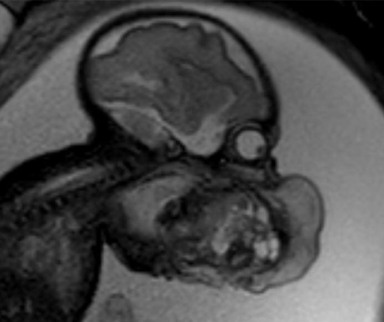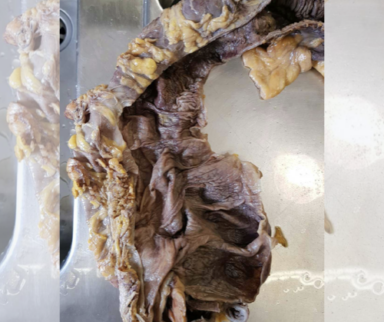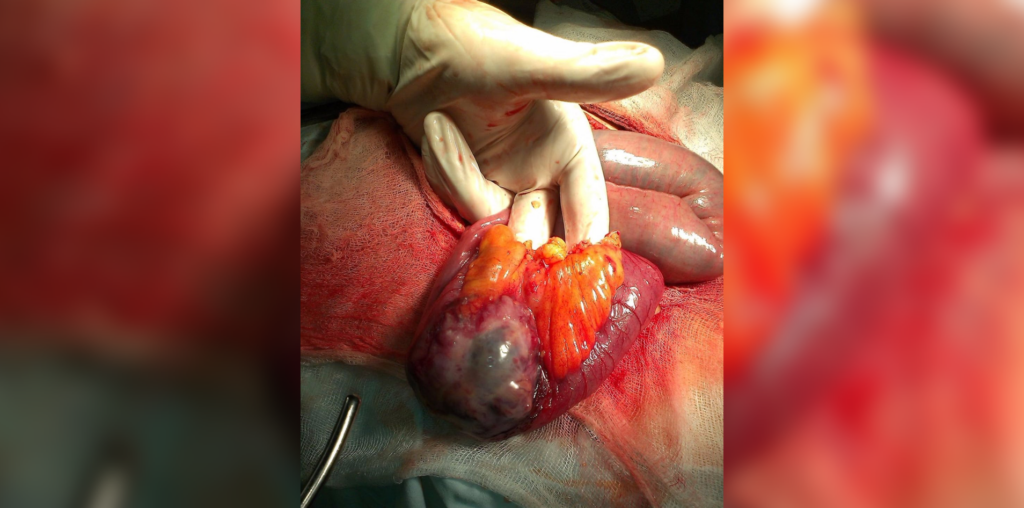
Melanoma. A disease that is often discussed as one of the most deadly forms of skin cancer. What is often not discussed though, are the rare cases where melanoma develops elsewhere in the body. Melanoma can occur anywhere that the body produces melanin — from the eyes, to the mouth, and even the stomach.
Noncutaneous melanoma accounts for only about 5% of primary melanoma cases in the U.S. While rare, it is important to remember these cases and understand how they present. The following are some examples of these rare cases.
Ocular Melanoma
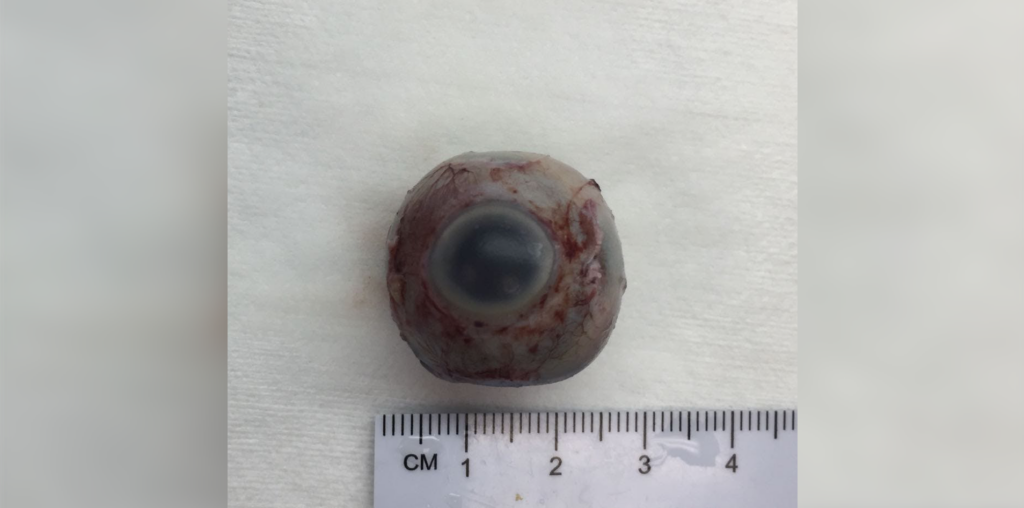
While it is still quite rare, the most common form of noncutaneous melanoma is ocular melanoma. Ocular melanoma tends to occur in the uveal tract, with a majority of cases being found in choroid; which is what occurred in this case example.
The choroid is a section of the eye responsible for supplying a majority of blood flow to the ocular area and has numerous melanocytes providing pigmentation. It is due to these melanocytes that melanoma can occur here. If caught in early stages, it can be treated with radiation. However, once it spreads to a majority of the eye, it may be necessary to fully remove the eye, as in this case.
Primary Brain Melanoma

Melanoma found in the brain is usually caused from a malignant tumor elsewhere in the body that has metastasized to the brain. However, in extremely rare cases, as in the case above, primary melanoma can develop in the brain.
Primary brain melanoma occurs when melanocytes of the leptomeninges become neoplastic cells. Essentially, the pigmented portion of the membrane that covers your brain and spinal cord begins to form a tumor. The most common locations of this form of melanoma are the anterolateral face of the spinal cord and the posterolateral face of the trunk and it is unlikely for metastasis to occur outside of the central nervous system.
Gastric Melanoma
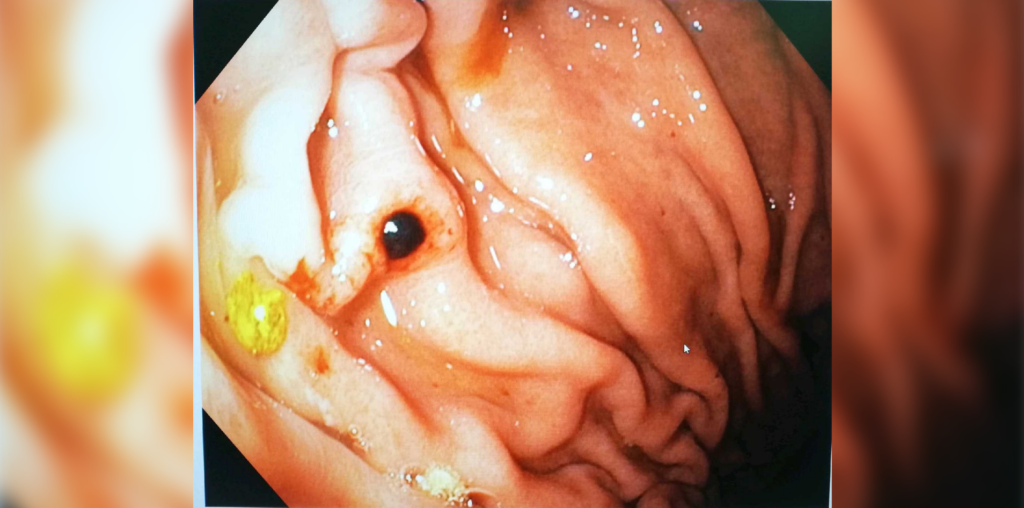
Another form of noncutaneous melanoma is gastric melanoma. Gastric melanoma is extremely rare. A majority of melanoma cases identified in the stomach occur from metastasis of cutaneous sources. As of 2020, less than 50 cases have been identified as primary gastric melanoma.
Gastric melanoma falls under the category of primary mucosal melanoma which tends to form most commonly in the anorectum, followed in frequency by the esophagus. Like all forms of melanoma, it starts in locations where melanocytes are found; however, not all people have melanocytes in their GI tract. Research is still unsure as to how development of melanocytes in this region occurs.
Metastatic Lesion in the Intestines

Melanoma is a tricky and dangerous form of cancer due to its tendency to metastasize. In this case you see a metastatic lesion in the intestines. Finding these lesions is not uncommon for melanoma and are typically associated with cutaneous melanoma that has metastasized.
Published May 22, 2023
Join the Conversation
Sign up for Figure 1 and be part of a global community of healthcare professionals gaining medical knowledge, securely sharing real patient cases, and improving outcomes.
